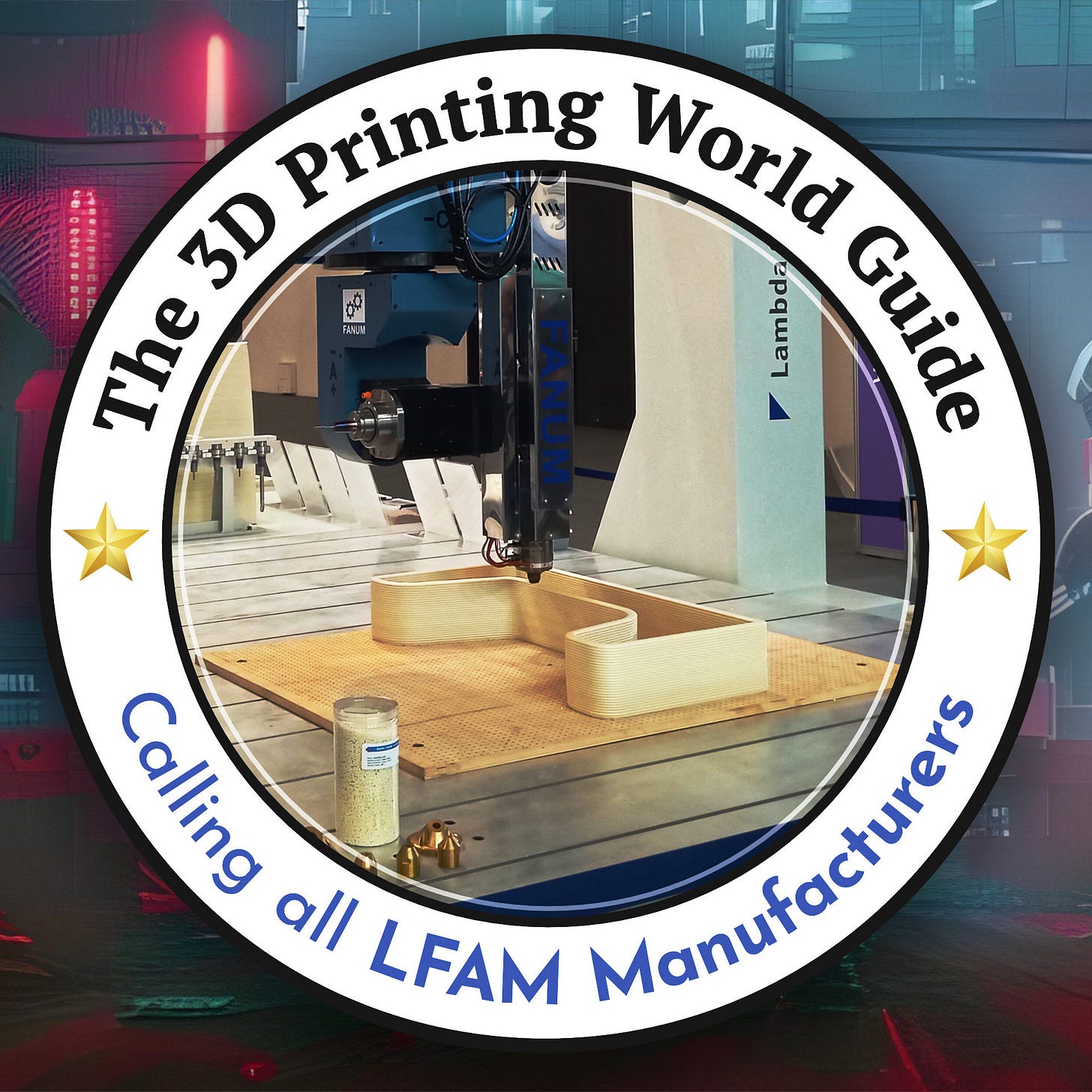Bambu Lab Cyberbrick completes successful Kickstarter campaign by creating a 3D printed alternative to LEGO Mindstorm
The Atomic Layers: S9E12 (00249)
Atomic Layer of the Day:
In two days, the Bambu Lab campaign on Kickstarter promoting the CyberBrick system will come to an end. This ecosystem combines modular design with 3D printing technology, offering users the opportunity to create toys and gadgets—from remote-controlled vehicles to interactive robots.
In simple terms, CyberBrick can be seen as a kind of LEGO Mindstorms made with a 3D printer.
The campaign concludes in less than 50 hours. At the moment of writing this article, Bambu Lab has raised $648,338 from 10,144 backers. Considering that the goal was $10,000, it can be said that the company has achieved considerable success.
The concept of CyberBrick is based on using 3D printing to create custom parts that can then be combined with ready-made electronic modules. The user prints the components, snaps the modules in, and they start moving, lighting up, or reacting to their surroundings.
This approach is significantly different from traditional construction toys because it theoretically offers endless possibilities for customization and experimentation.
The MakerWorld platform further supports this process by providing a space where creators can share their projects, collaborate, and earn money from their work. Such a model not only encourages creativity but also builds a strong community of users.
As mentioned, CyberBrick can be compared to LEGO Mindstorms—the popular set for building and programming robots (which was discontinued in 2022). Both platforms aim to promote STEM education through play and experimentation.
LEGO Mindstorms offered ready-made blocks and modules that could be assembled and programmed, teaching the basics of robotics and coding in an intuitive and immediately accessible way right out of the box. CyberBrick also focuses on STEM education, but its strength lies in its integration with 3D printing, which allows users to design and create their own unique components.
This approach provides significantly greater flexibility and scope for creativity compared to the more standardized LEGO system. On the other hand, CyberBrick requires access to a 3D printer and a certain level of technical knowledge, which might pose a barrier for some users.
So the success of CyberBrick is not guaranteed and depends on several challenges. A key factor is the willingness of users to purchase 3D printers and then print sets of parts. Casual users might be excited by a 15-second timelapse of 3D printing, which in reality took 15 hours (and represented just one of 6 build plates).
Therefore, the projects must be attractive enough to convince new users to invest in 3D printing. If Bambu Lab manages to maintain an active community and ensures ease of use, the project could play a significant role in popularizing 3D printing, encouraging consumers to explore this technology in the comfort of their own homes.
Atomic Layer from the Past:
04-12-1980: Hideo Kodama filed a patent application for the first AM technology in history, now known as stereolithography (SLA).
Calling all LFAM 3D printers manufacturers!
We’re kicking off recruitment for the new edition of The 3D Printing World Guide — this time, we’re looking for the largest 3D printers from around the world!
📅 Planned release date: April 15, 2025.
News & Gossip:
However, CyberBricks is just one of many projects Bambu Lab is developing. I recently wrote about Filametrics – an app for inventory management and 3D printer production planning – and now the company has launched an improved Relief Sculpture Maker. It is a free web tool that turns 2D images into 3D relief models for FFF printing. Designed for beginners, it features enhanced edge detection and detail rendering. Best results come from high-contrast images and matte or wood-like PLA filaments.
Haddy has opened one of the world’s largest and most advanced 3D printing microfactories in St. Petersburg. Powered by AI and robotics, it offers 16x the capacity of competitors and uses fully recyclable materials. Haddy aims to reshape U.S. manufacturing across furniture, defense, construction, and disaster recovery sectors.
amsight, a Hamburg-based startup, secured pre-seed funding and partnered with metal 3D printer maker Aconity3D. Its AI-driven software improves print quality and reduces waste by analyzing process data. The deal integrates amsight’s platform into Aconity3D machines, boosting growth and expanding access to industrial 3D printing users.



